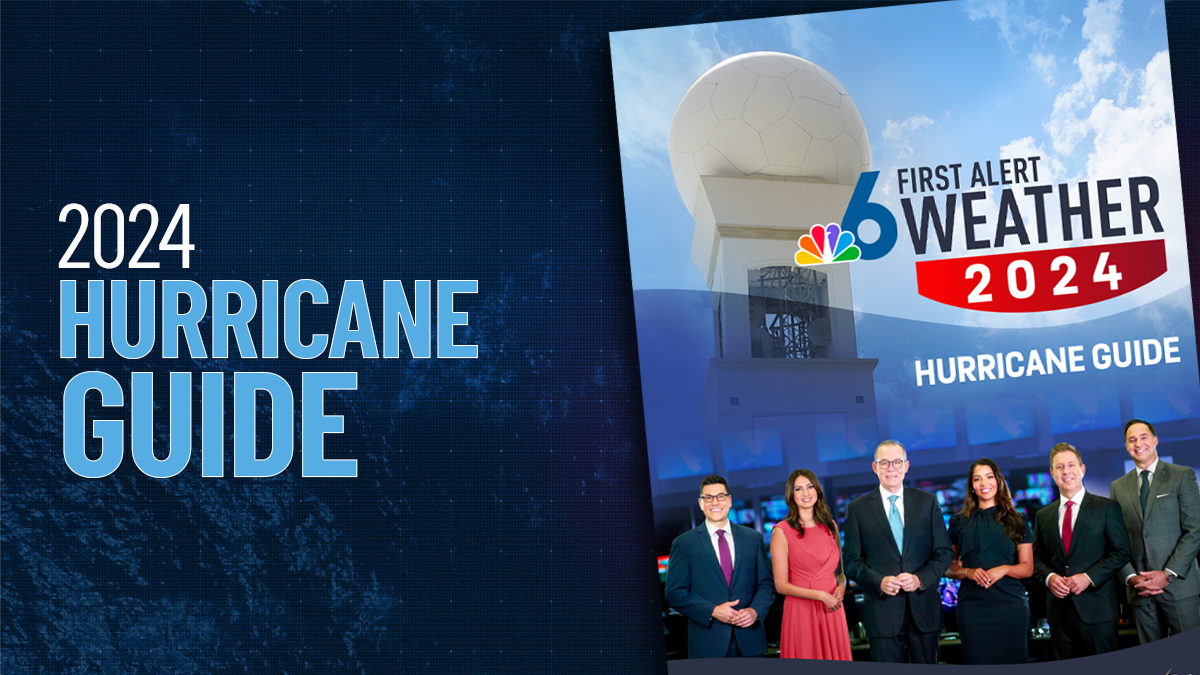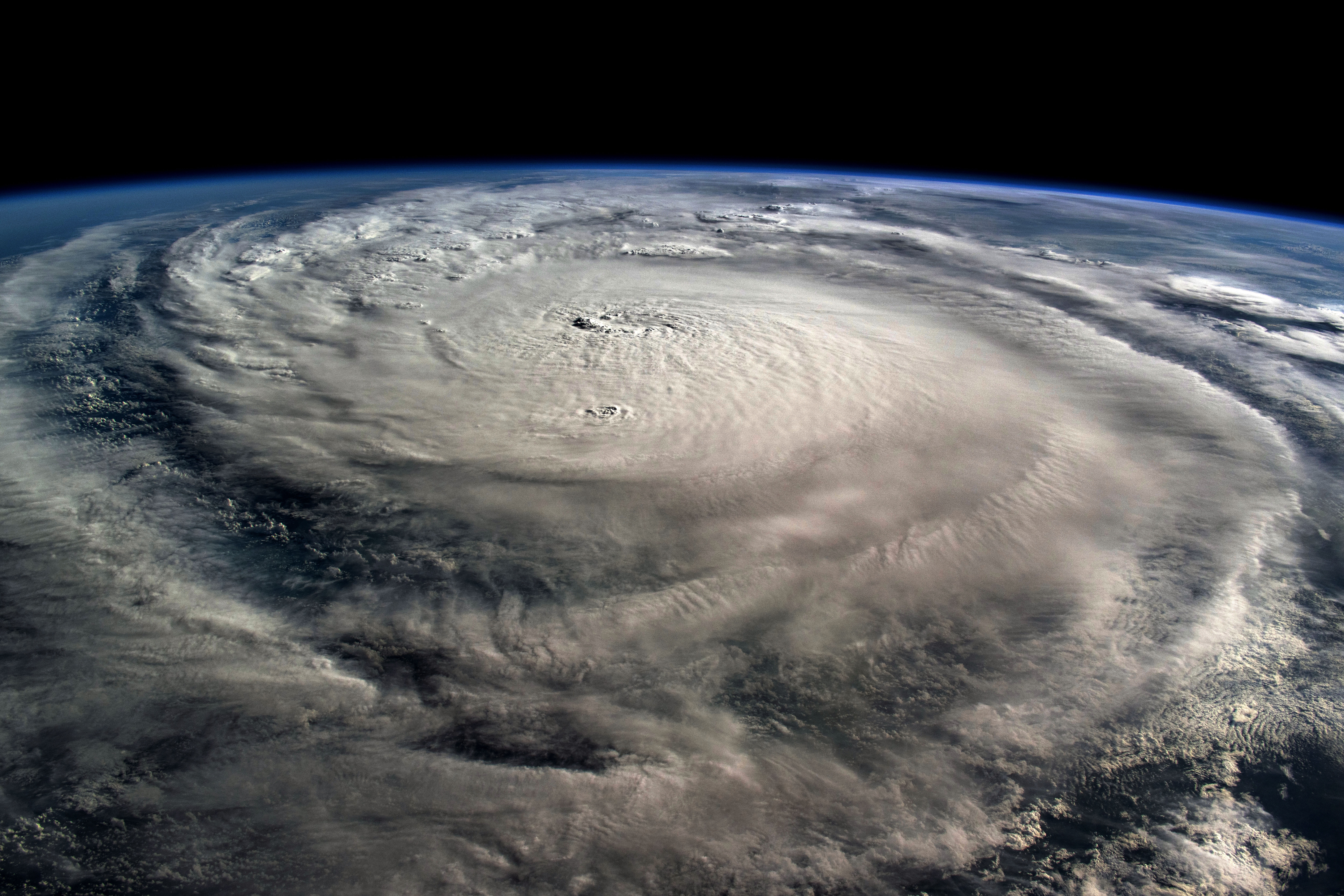Tropical Storm Bret formed on Monday afternoon midway between Africa and the Antilles. The storm is moving quickly towards the west at 21 miles per hour.
2023’s Bret is only the fourth June system to form in the deep tropics of the North Atlantic since 1851. I’m referring to the area between the Cabo Verde Islands and the Lesser Antilles known as the Main Development Region (MDR) of the Atlantic, where storms normally wait until August and September to develop.
Watch NBC6 free wherever you are
Despite this region of the world being located in tropical latitudes, water temperatures there are normally kept cooler longer into the summer thanks to the cold Canary Current which travels down from a region south of Iceland and Greenland. Plus, colder water usually rises from the deeper ocean near the African coast thanks to the typical trade winds that blow warmer surface waters from east to west and away from the Mother Continent, leading to a process known as upwelling.
This year, however, those trade winds have been very weak. Not only do weaker trade winds result in warmer sea surface temperatures in the MDR, but they also blow less sand and dust into the Atlantic off of the Saharan and Sahel regions of Africa. Less Saharan dust means fewer particles floating around that can block out and scatter sunlight. Therefore, the sun heats the ocean faster.
Get local news you need to know to start your day with NBC 6's News Headlines newsletter.
A Saharan Air Layer — our pal SAL — is also typically accompanied by a stable slice in the atmosphere which tends to place a lid on the vertical growth of tropical thunderstorms. The resulting dry air often mixes in with fledgling tropical systems and weakens them.
Given the combination of factors that I just described, perhaps tropical development was to be expected in that part of the Atlantic. But it’s still a very rare event, as only about 1% of all named systems have formed in the MDR during June going back 173 years.
If you were to remember just one of the elements that led to this June surprise, the water temperature is the one to blame. The water in the MDR is averaging 81.5 degrees right now, and tropical systems need sea surface temperature readings above 80 °F to form.
Hurricane Season
The NBC 6 First Alert Weather team guides you through hurricane season
What happens next?
For now, the system will likely strengthen quickly as the work week progresses. By this weekend, the National Hurricane Center is forecasting a Hurricane Bret tangling with the Lesser Antilles and possibly the Virgin Islands, Puerto Rico and/or Hispaniola. But upper level wind shear could start to counteract the effects of the hot ocean by the weekend too, potentially weakening the system.
John Morales is NBC6's Hurricane Specialist.



